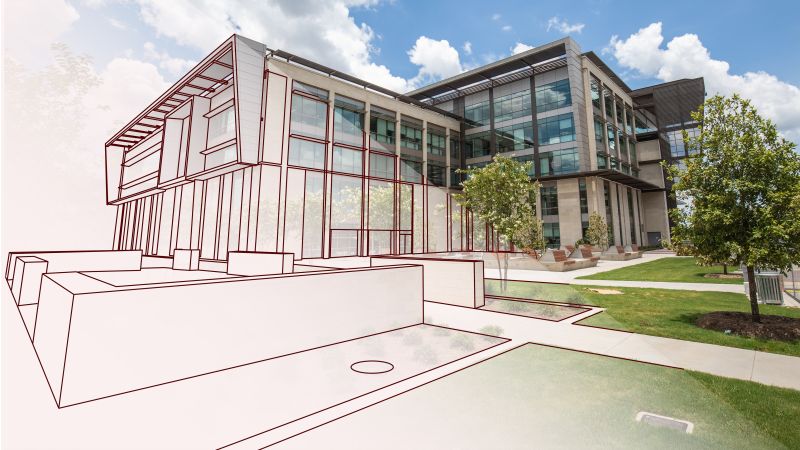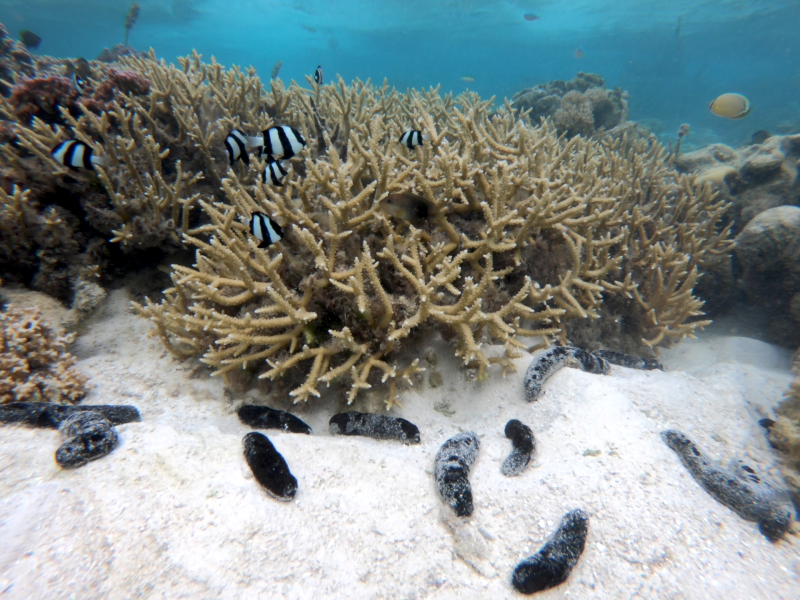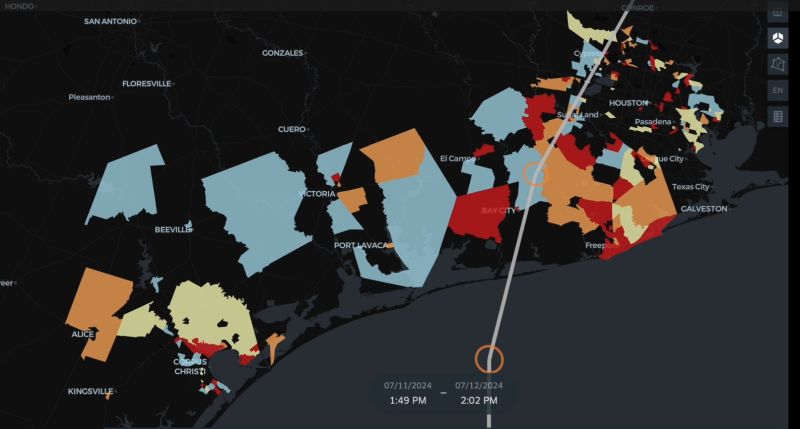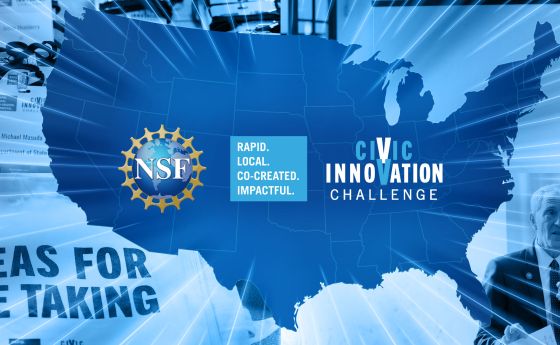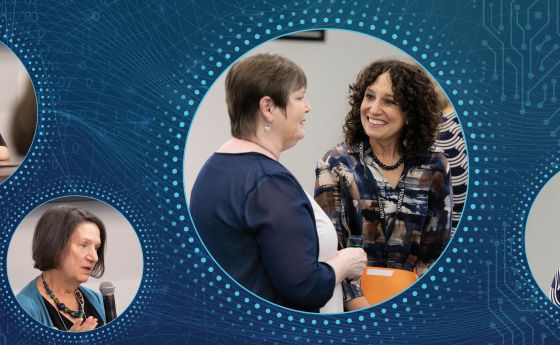
Digital twins beginning to deliver real-world benefits
Science fiction has been describing computers with impressive predictive powers for decades. The development of "digital twins" — a virtual model interacting with a physical system — has brought society a step closer to this dream.
In 2024, the National Academies of Science, Engineering and Medicine released a report co-funded by the U.S. National Science Foundation and other federal agencies titled Foundational Research Gaps and Future Directions for Digital Twins. In this report, digital twins were described as "a set of virtual information constructs that mimics the structure, context, and behavior of a natural, engineered, or social system (or system-of-systems), is dynamically updated with data from its physical twin, has a predictive capability, and informs decisions that realize value. The bidirectional interaction between the virtual and the physical is central to the digital twin."
In plain language, digital twins are comprised of two parts: the virtual representation and the physical counterpart. The virtual representation relies on mathematical models to predict how its physical counterpart will behave. The physical side relies on sensors and other observing systems to provide real-time data for the virtual representation to utilize in its mathematical models. The models are then used to make changes to the system for the favored outcome.
While the term digital twins first appeared in 2010, it relies on mathematical models that researchers have been developing for decades. The idea has already inspired potential future applications, such as having twins:
- Determine structural integrity and energy efficiency of buildings, cars and planes.
- Develop drugs more quickly using computer modeling.
- Predict and monitor patient reactions to drugs and other treatments.
- Anticipate climate patterns and their impacts on the environment.
However, these applications are still decades away from being feasible, because researchers are still developing the mathematical models needed to match these lofty goals. Today's models are costly to develop and run and are often limited to a set of conditions. For example, instead of modeling an entire plane, current digital twins can only model and predict what occurs in the engine. But the foundation for these more aspirational goals is growing.
NSF supported much of the foundational research that has led to the promising outlook for digital twins, primarily by funding research into mathematical modeling. Recently, the agency has continued to fund research to expand the capabilities of digital twins to more and broader use cases.
Digital Reefs
Woods Hole Oceanographic Institute received funding from NSF to create Digital Reefs, a program that uses digital twins to model how changing climate will impact reefs around the world. The program combines maps that show the topography of the ocean floor from scientific resources, surface landmarks from Google and the coral, algae and some plant life from Allen Coral Atlas into a single visual map that can be accessed on any computer or phone.
"The user is able to access the high-resolution temperature at 50-meter resolution. … The user can choose the depth they want to see the temperatures but can also click on specific points ... to see the specific temperatures of that specific grid cell at a specific time of their choice," explained Ann Cohen, the lead investigator for the Digital Reefs project, in a presentation to NSF employees. "It also allows the users to conduct 'what-if' scenarios."
She showed how users can run simulations to adjust topography and how it impacts the water temperature and sea life. Users can also download their data and share their simulated videos. The project started with the Palmyra Atoll coral reef in the Pacific Ocean and will expand to include other reefs and eventually be available to the public.
Olympic swimming
Digital twins are not just used at the environmental level, though. Researchers from the University of Virginia and Massachusetts Institute of Technology received funding that was used in designing and testing models of swimmers. These swimmers included NCAA champions, Olympic medalists and world champions.
Using sensors attached to the swimmers, the researchers were able to create digital twins of the athletes and analyze how they accelerated in the water. The digital twin models were then used to help determine flaws in posture and give the swimmers time to adjust. The adjustments allowed for tenths of seconds to be shaved off their swim time, which can make the difference in elite competitions. The researchers published an article describing the history of swimming and their current findings in The Mathematical Intelligencer.
Resilitix AI
In addition to academic research, NSF has helped to fund small businesses through America's Seed Fund. Some of these small businesses use digital twin models, such as Resilitix Intelligence, which created Resilitix AI, a digital twin that models how hazards will impact infrastructures and communities. The twin was put to the test when Hurricane Beryl hit Houston during the summer of 2024.
Digital twins still have a long way to go before they can fully map multifaceted, large-scale models, but they are already impacting the world, companies and even individuals. As the mathematical models and sensors that lead to digital twins' success improve, they will only become more powerful and advance our ability to predict what may come next.

